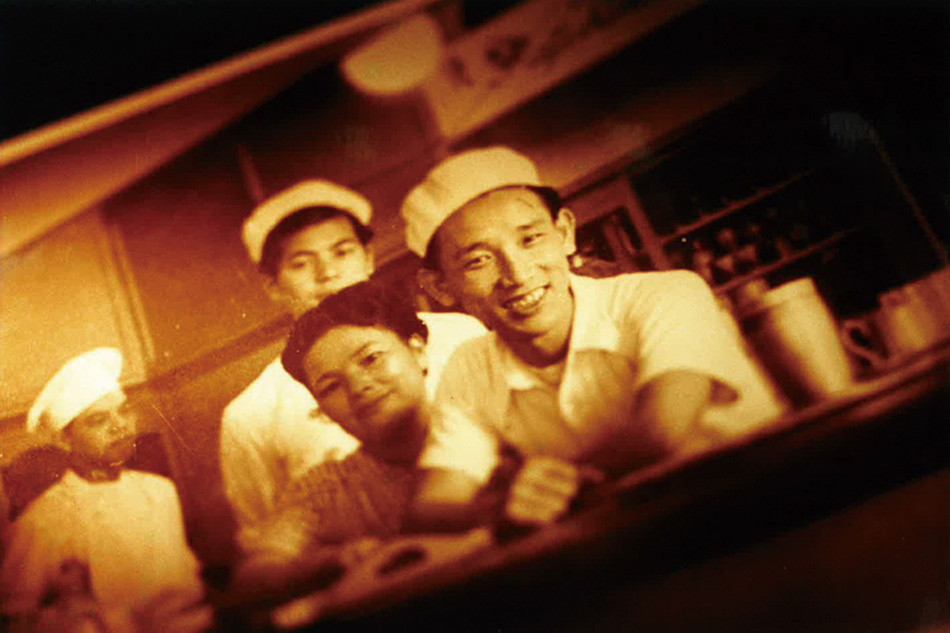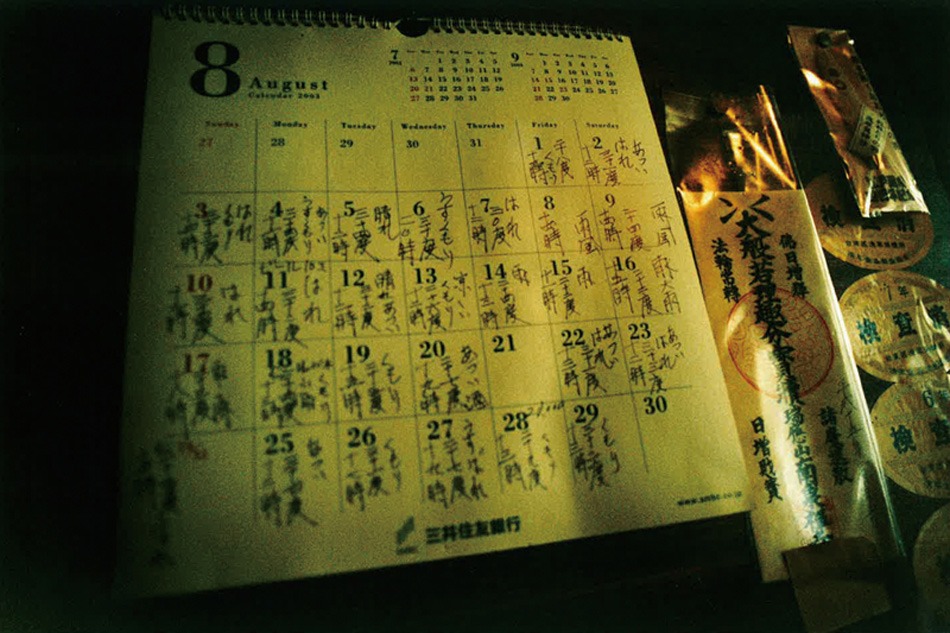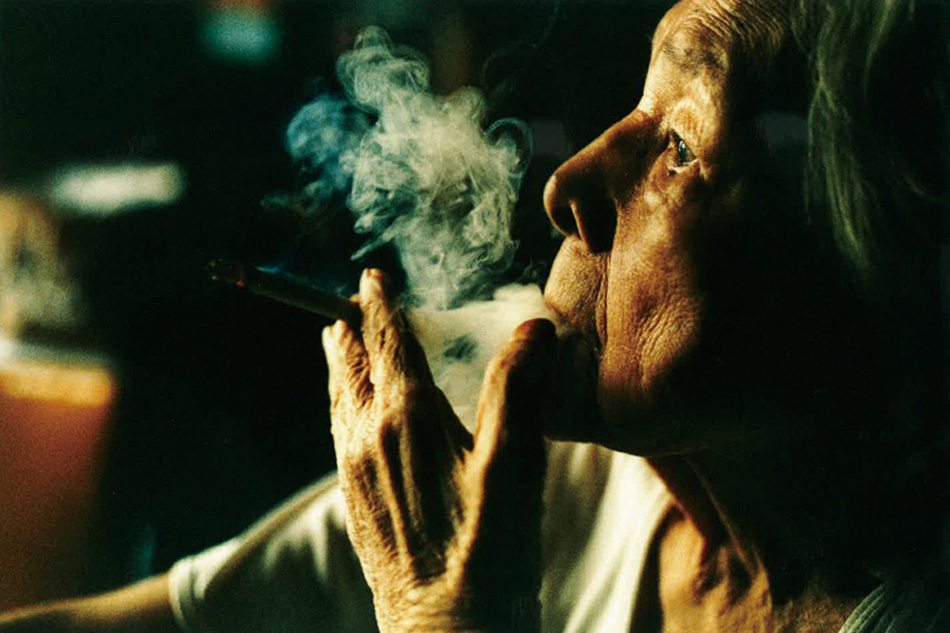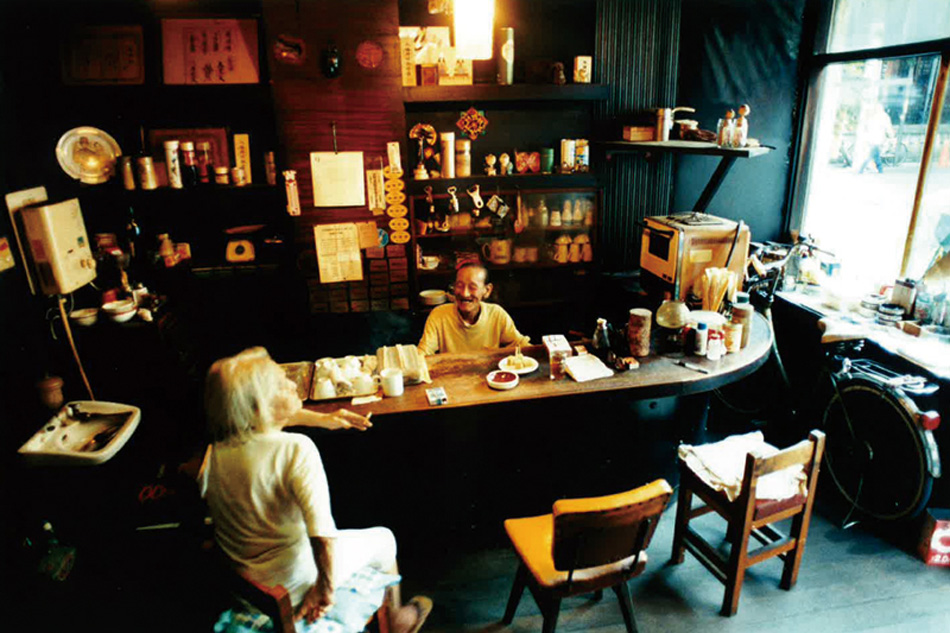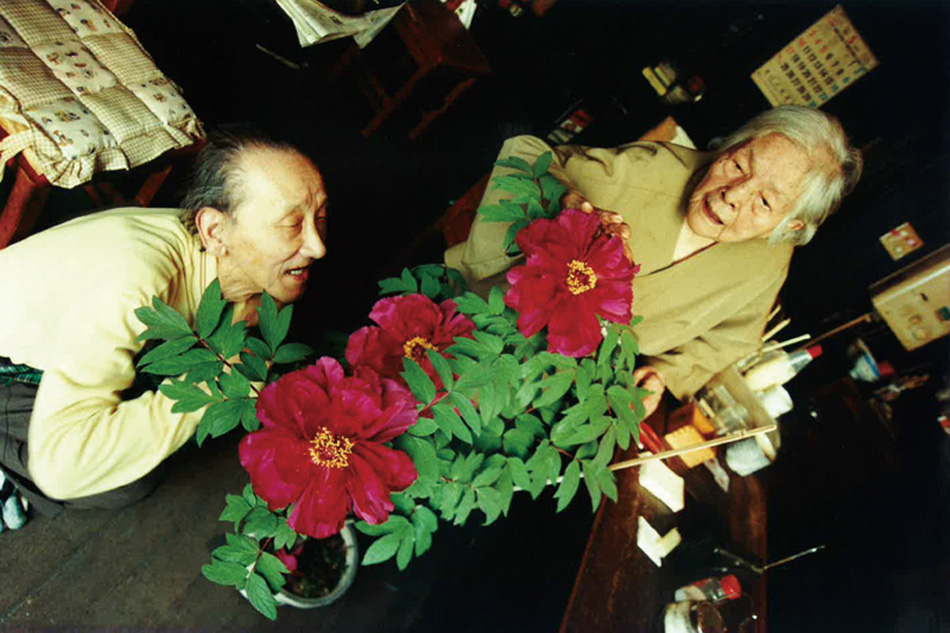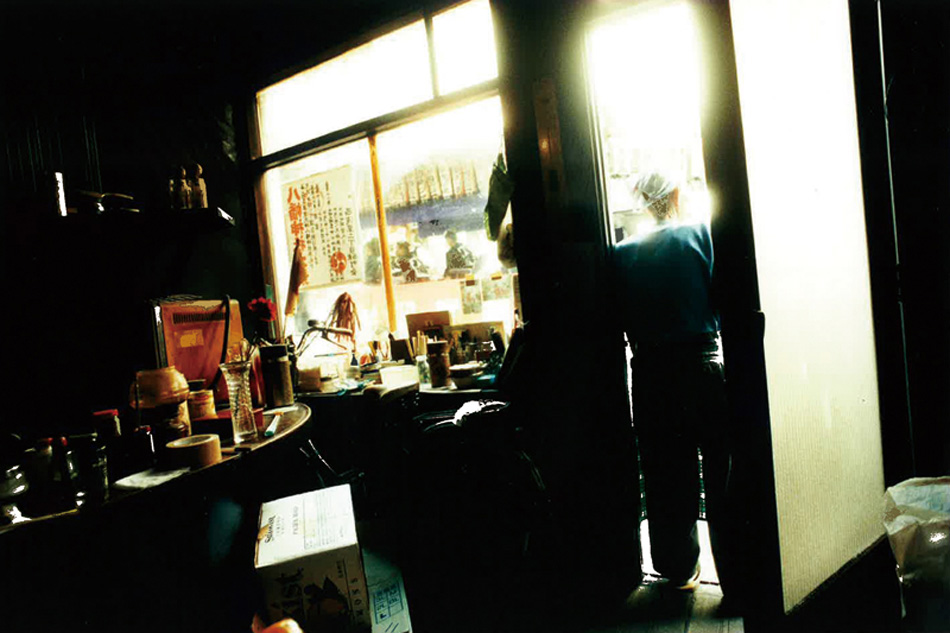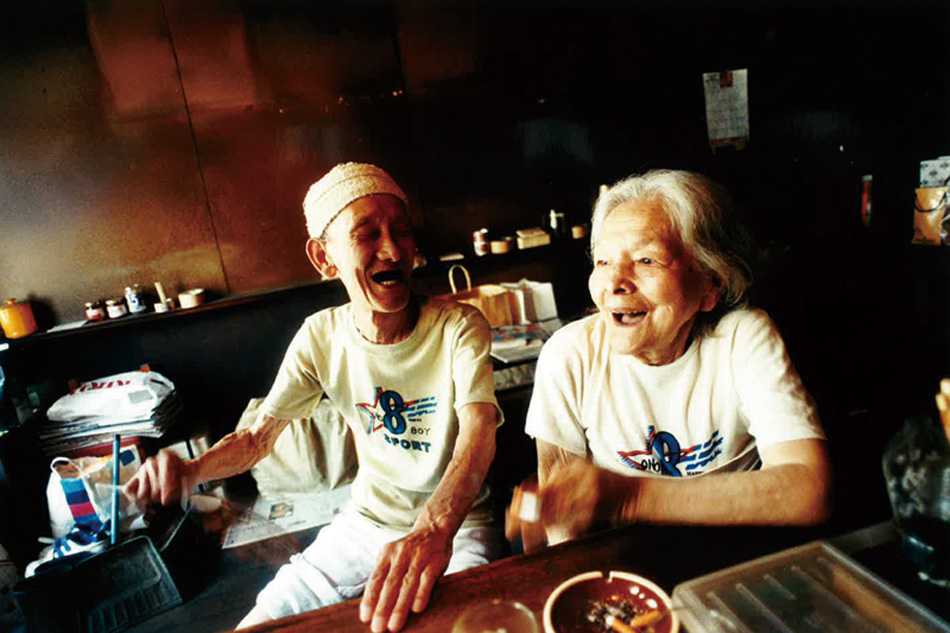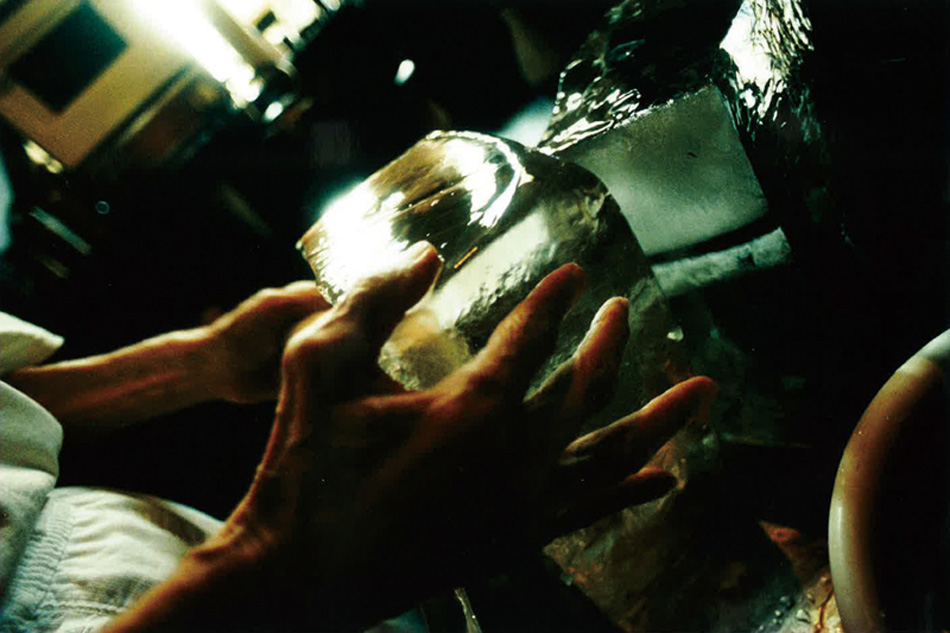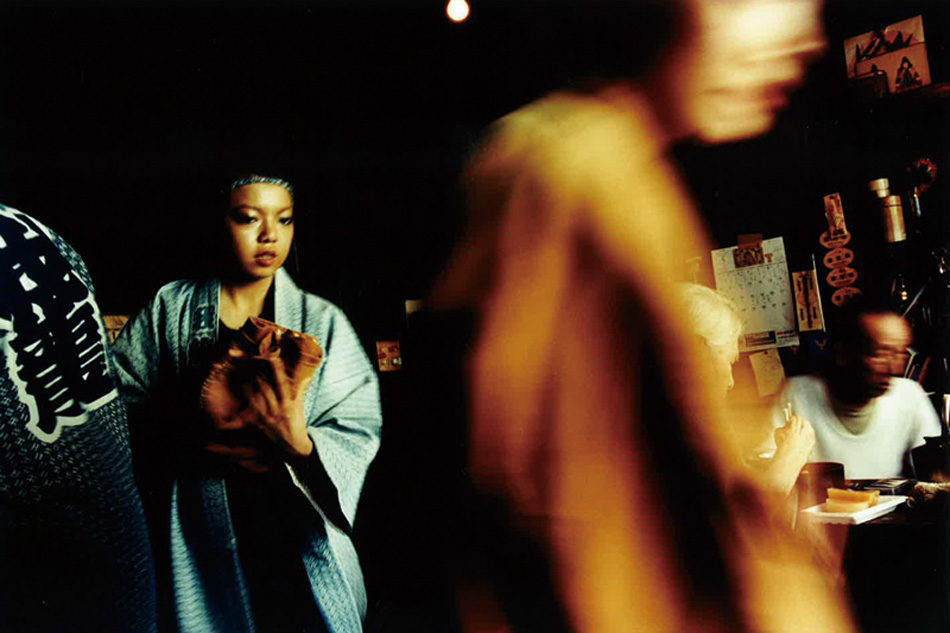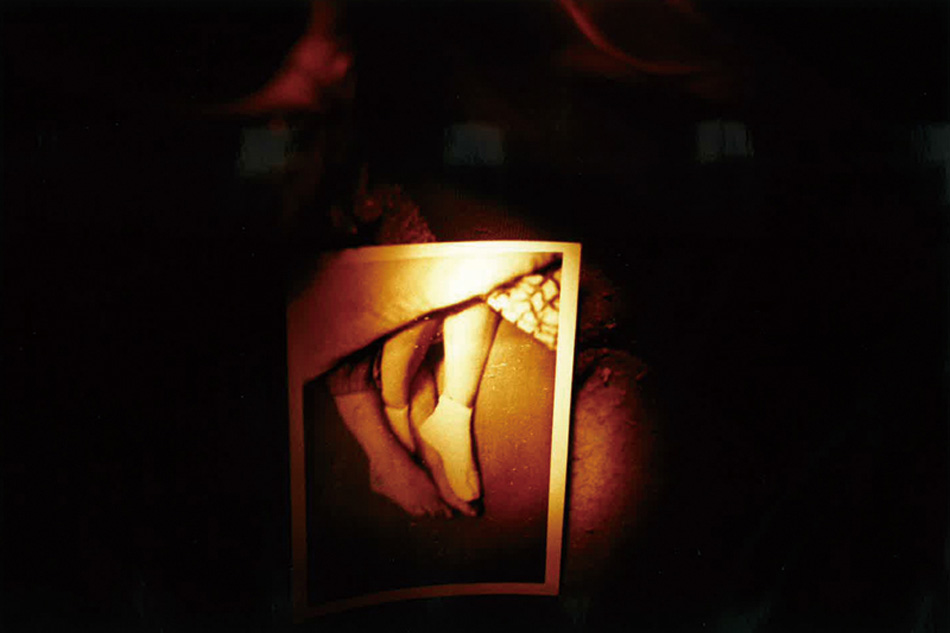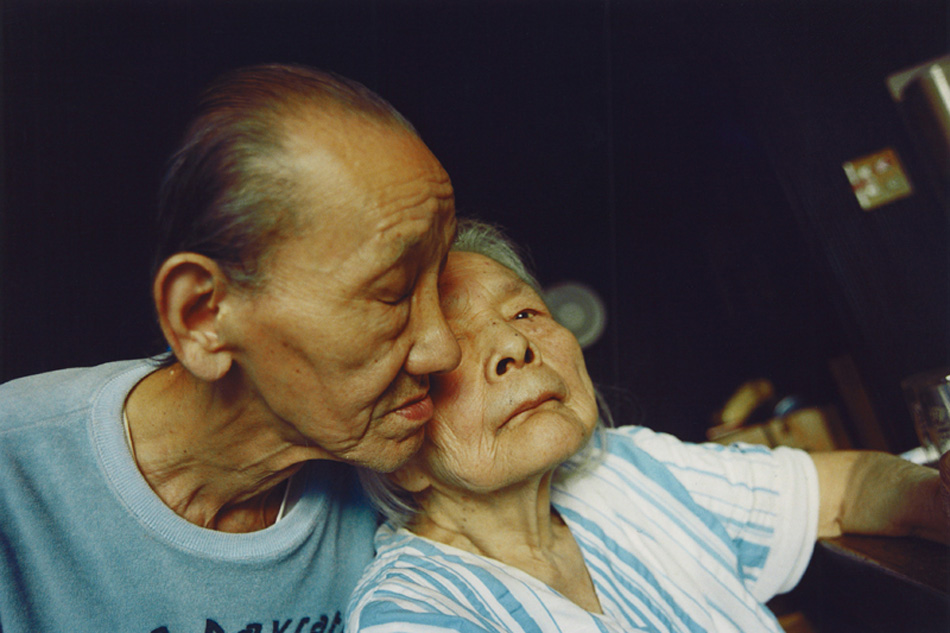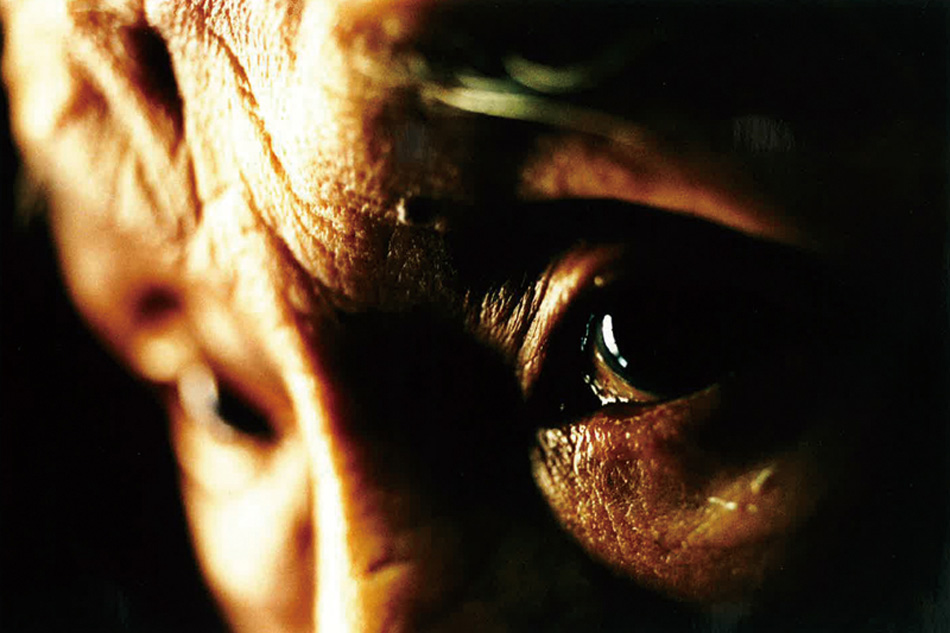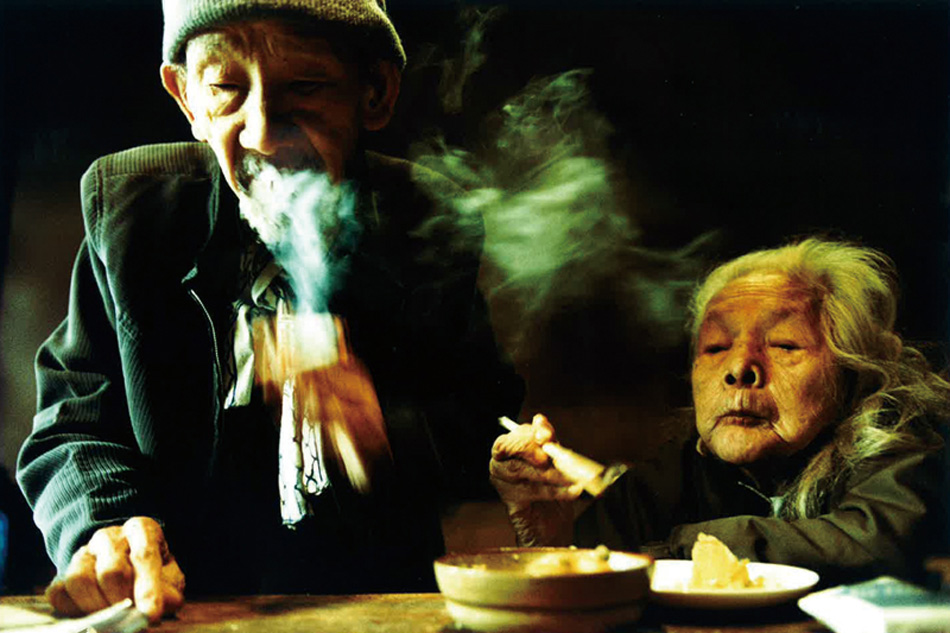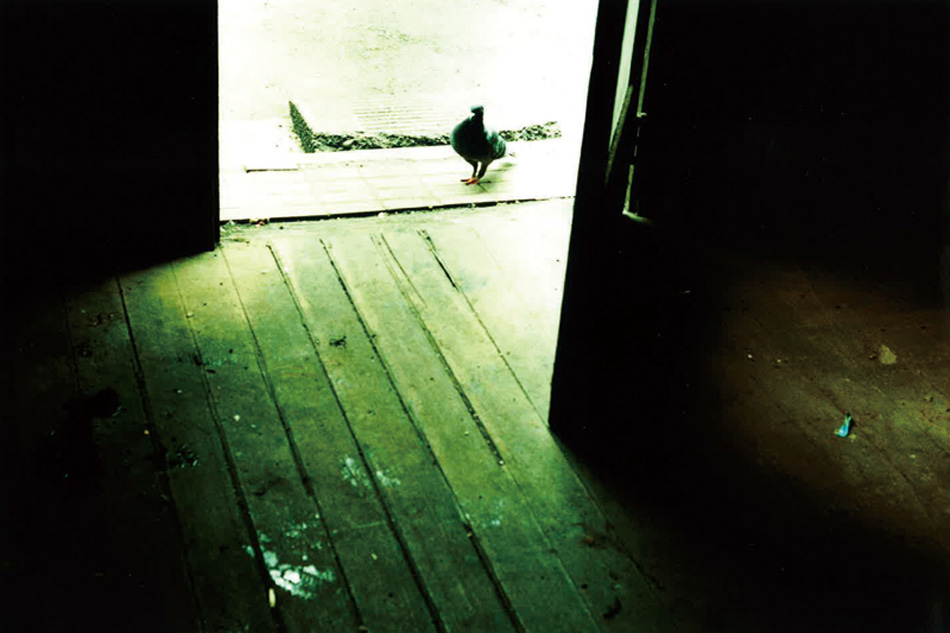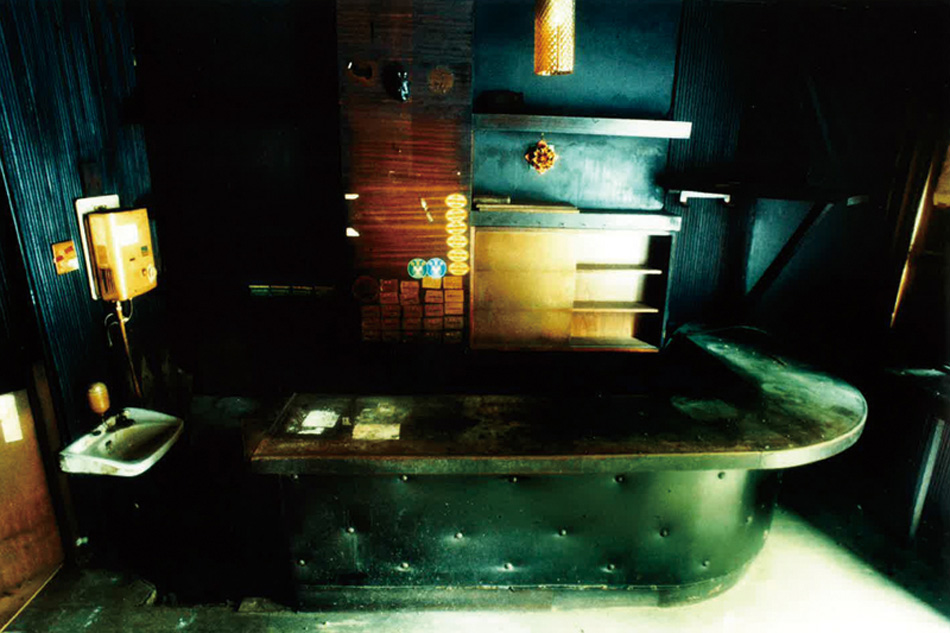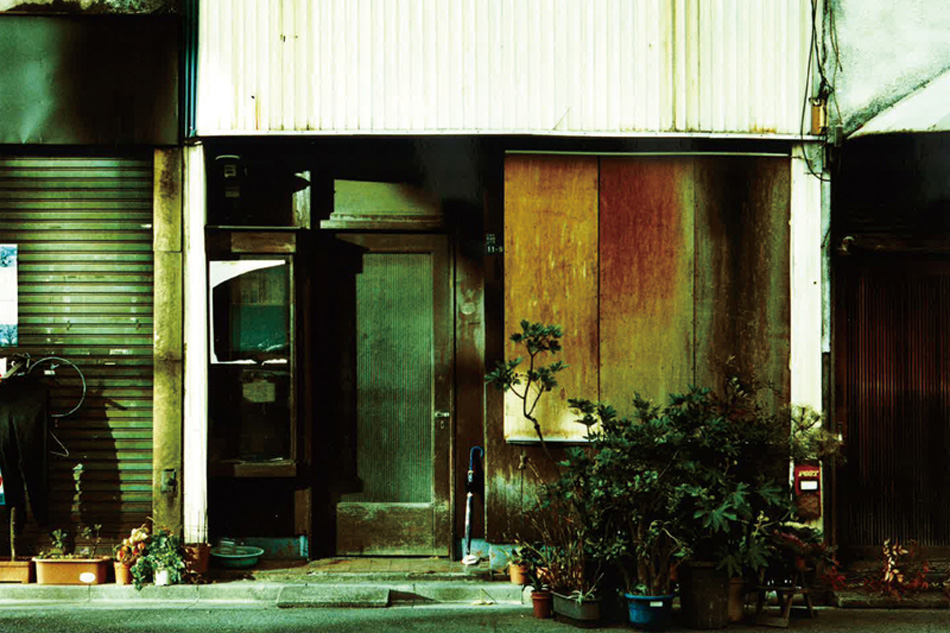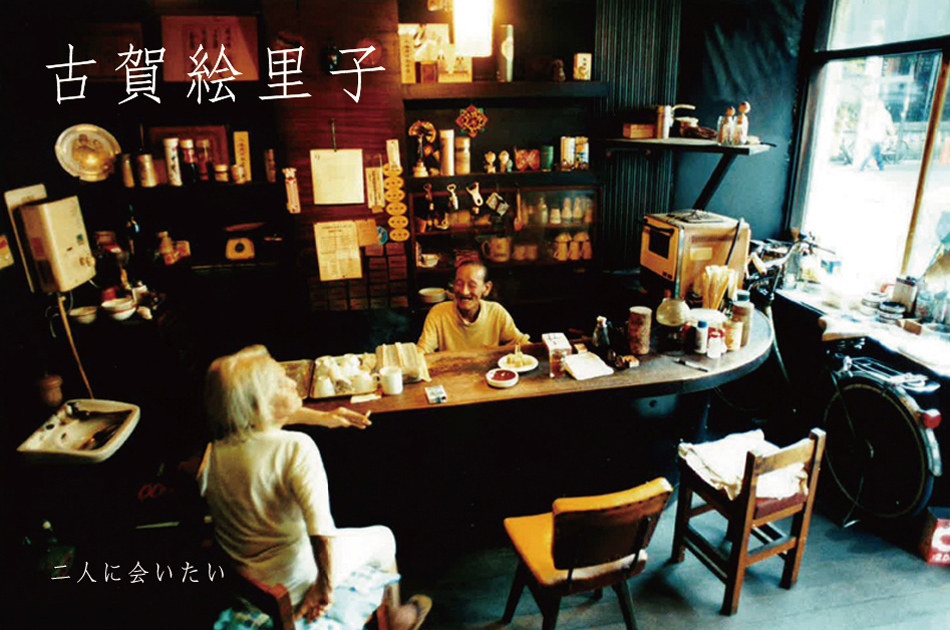
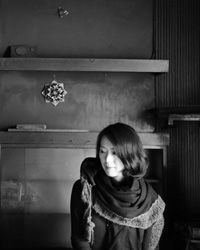
古賀絵里子
KOGA Eriko
1980年生まれ。
2003年上智大学フランス文学科卒業
フリーランスの写真家として、広告写真や講師、TV出演等で活躍しながら、
2009年より和歌山県高野山へ通い新作撮影を続けている。
東京の下町で老夫婦を撮影した「浅草善哉」が2011年に青幻舎より写真集となる。
2013年4月EMON PHOTO GALLERYにて「一山」展示。
受賞歴:
2004 ガーディアン・ガーデン主催 フォト・ドキュメンタリー「NIPPON」
2012 さがみはら写真新人奨励賞「浅草善哉」
Born in 1980.
2003, graduated from Sophia University, majoring in French Literature.
Freelance photographer in Japan and abroad, teaching at schools and appearing on television.
Koga chose Koyasan as the setting of her next series, traveling there numerous time since 2009.
"Asakusa Zenzai", in which she photographed an old couple in downtown Tokyo, was published in 2011 by Seigensha.
The latest series "Issan" is exhibited at EMON PHOTO GALLERY in April 2013.
Awards:
2004 "Photo Documentary 'Nippon' 2004" awards, Guardian Garden
2012 "Asakusa Zenzai" Sagamihara Photo City Prize for Newcomer Professionals
www.kogaeriko.com
represented by EMON PHOTO GALLERY (www.emoninc.com)
2003年、浅草の三社祭で偶然出会った老夫婦。善さん、はなさん。裸電球の灯る部屋へ吸い込まれるように入ると、善さんはお酒を注いでくれ、はなさんは「ここにおかけなさい」と、見知らぬ私のことは何もきかず、そこに居させてくれました。それは、焦燥と孤独の中で生きていた心が「救われた」瞬間でした。二人に会いたい。その一心から長屋へ通うようになりました。コップ酒の気分で二人の奥の奥にズンズン沈みこんでいくと、浅草という表層がパラパラとはがれ、そこはどこだっていいような気がしました。落語を思わせる善さんの口上と表情、はなさんの飄々とした雰囲気。その場が放つ独特の存在感は、畏れの入り混じった悦びと、心に救いを与えてくれました。小さい自分の尺度では測れない、深く信じられる世界がここにはある。人にとって一番大切なものが、はっきりとそこにあるのを感じました。その言葉にならない大切な何かを形に残したい。そうして、自分には写真があると気づき、撮影をお願いしました。
時が経ち、二人は病気がちになりながらも入院しようとせず、寄り添うように暮らしていました。そんな二人を前に私は撮影どころではなく、買い物や部屋の掃除、顔を見に通いました。2008年、救急車で別々の病院へ運ばれ二年の時を挟んで、善さん(享年86歳)とはなさん(享年98歳)は同じお墓に眠りました。
二度とない瞬間をともにし、私を受け入れて下さった善さんはなさんへ、心より感謝いたします。写真以上の言葉を私は持ちません。誰もが観ることを通じて、見えない何かを感じて頂ければ幸せです。
In 2003, I had a chance encounter with an elderly couple at the Sanja Festival in Asakusa. Yoshi san, Hana san. Drawn somehow into their room, lit by a naked light bulb, Yoshi san pours me some sake as Hana san bids me sit a while, inviting in this easy way a stranger to share their space. It was in this moment that I, in my life of restlessness and solitude, was 'saved'.
"I want to see them". From this simple thought I was to become a regular visitor. Buoyed by that cheap 'one-cup' rice wine, I immersed myself deeper and deeper into their lives, and the surface layer that was Asakusa, with all its ancient nuance and connotation, was peeled flaking away. I came to feel it could have been anywhere for all I cared. Yoshi san's jocular, rakugo-like prose and expressions, Hana san's easygoing ambience. The unique presence of these situations provided me a form of fear-tinged joy, a form of rescue. There was a whole, deeply authentic world here that would not register if measured on the insignificant scale of my own life. I clearly felt that whatever it is that is most important to human beings, it was present here. I wanted to leave a tangible trace of this nameless something. It was then I realized I had photography, and I asked them for permission to shoot.
Time passed and as their health deteriorated they snuggled closer to eachother rather than seek medical help. Not a place or time for photography, I visited them, did their shopping and cleaning. In 2008 ambulances took them to separate hospitals. Two years later Yoshi san (86) and Hana san (98) were reunited in their shared grave.
I am grateful with all my heart to Yoshi san, Hana san, who took me in and shared with me moments that will never be repeated. I have no greater form of expression than photography, and if, by viewing my work anyone feels a nameless something, I would be happy.
Eriko
